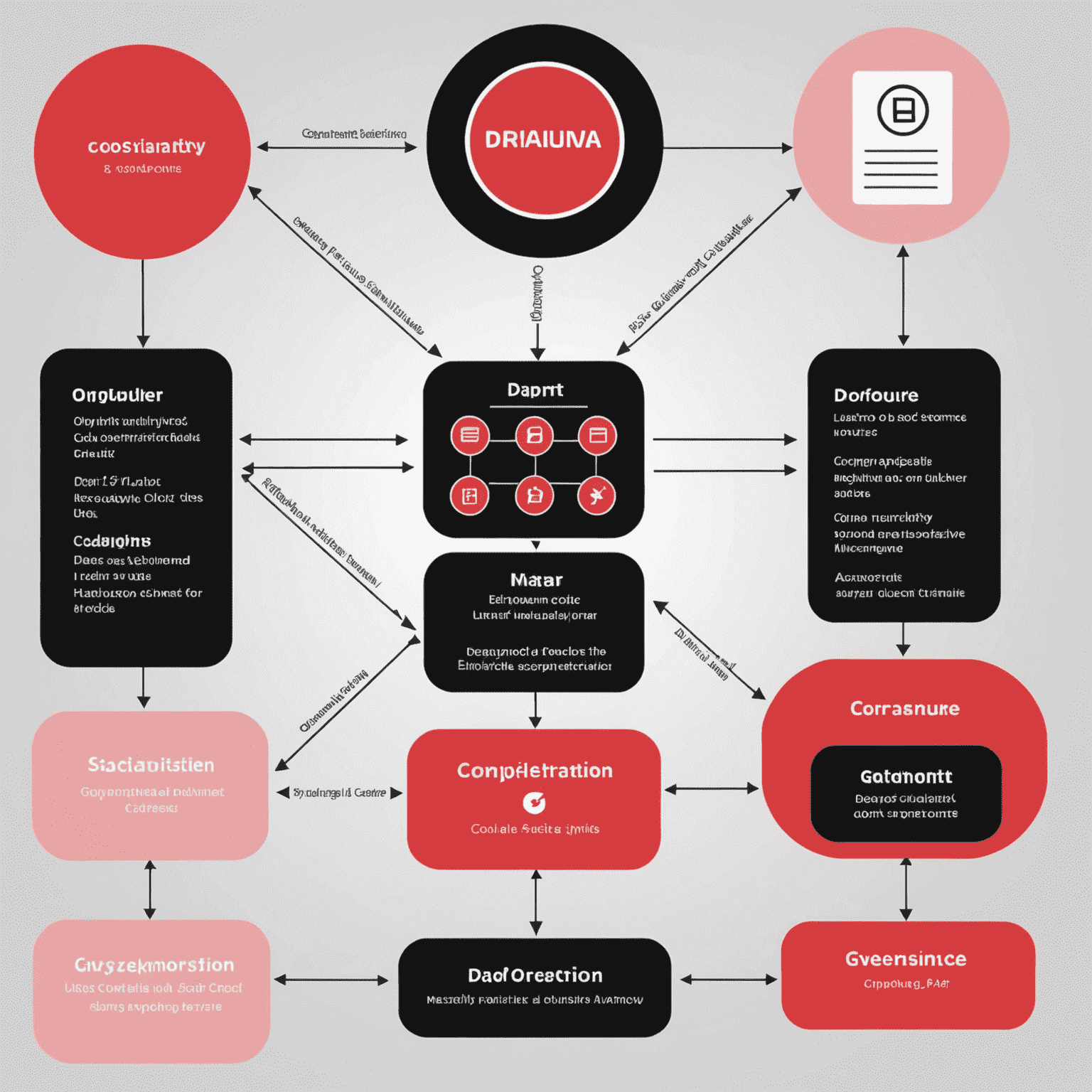dApp Integration with Layer3
Integrating decentralized applications (dApps) with Layer3 can significantly enhance user experience and overall performance. This guide will walk you through the process, highlighting key steps and best practices.
Why Integrate with Layer3?
- Improved scalability
- Enhanced performance
- Better user experience
- Cross-chain compatibility
Integration Steps
1. Assess Your dApp
Evaluate your current dApp architecture and identify areas where Layer3 can provide the most benefit.
2. Choose the Right Layer3 Solution
Select a Layer3 protocol that aligns with your dApp's needs and goals.
3. Implement Layer3 SDK
Integrate the Layer3 SDK into your dApp's codebase, following the documentation provided by your chosen Layer3 solution.
4. Optimize Smart Contracts
Refactor your smart contracts to leverage Layer3 capabilities for improved efficiency and reduced gas costs.
5. Update User Interface
Enhance your dApp's UI to reflect the improved performance and features enabled by Layer3 integration.
Best Practices
- Prioritize security throughout the integration process
- Implement proper version control and testing
- Engage with the Layer3 community for support and insights
- Regularly update your integration to leverage new Layer3 features

By following this guide and leveraging Layer3 technology, you can significantly enhance your dApp's performance, scalability, and user experience. Embrace the power of Layer3 to stay at the forefront of Web3 technologies and provide your users with cutting-edge decentralized solutions.
